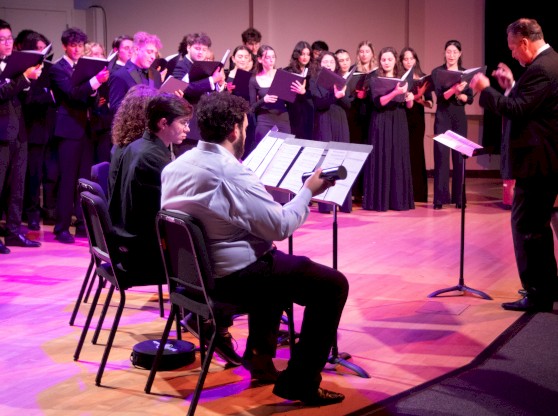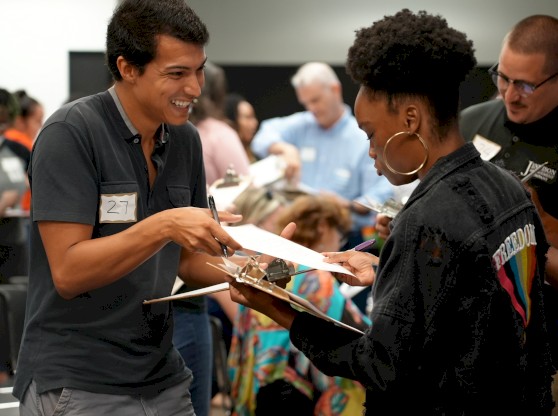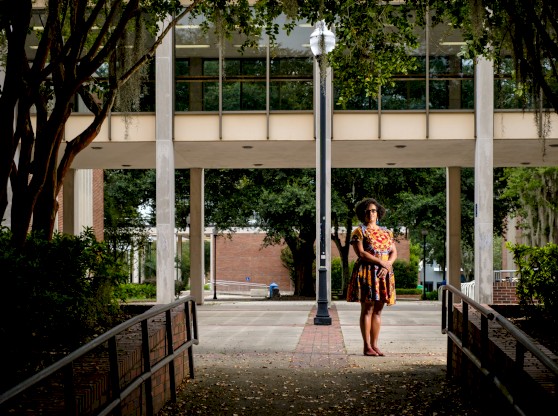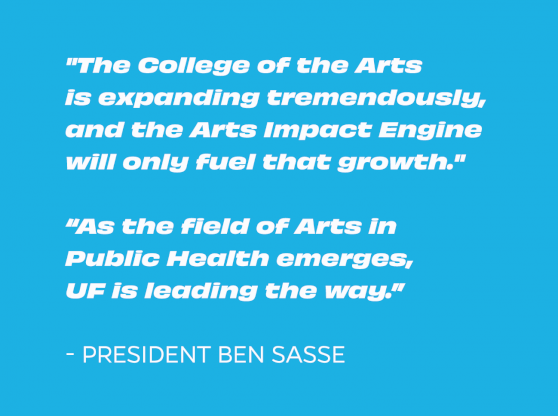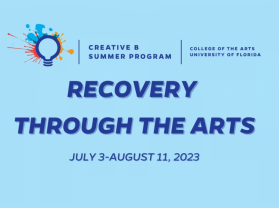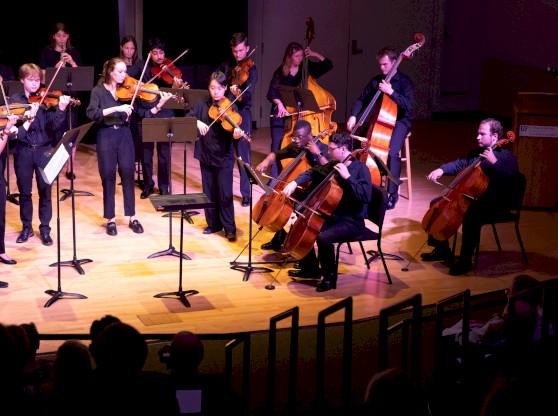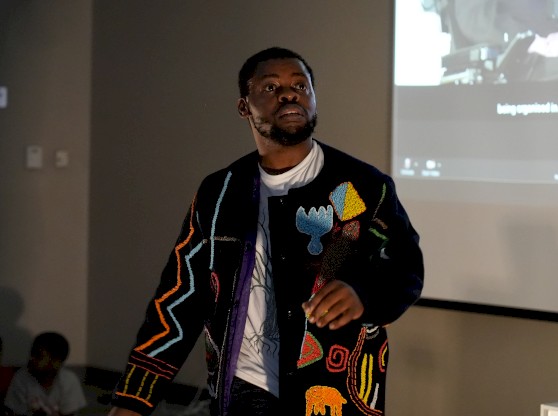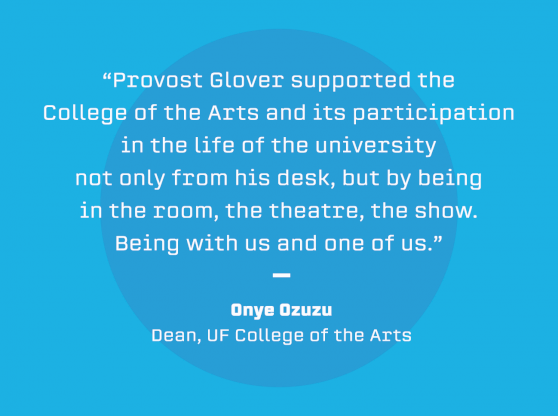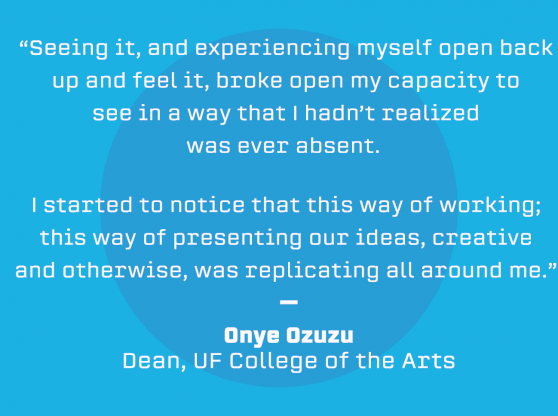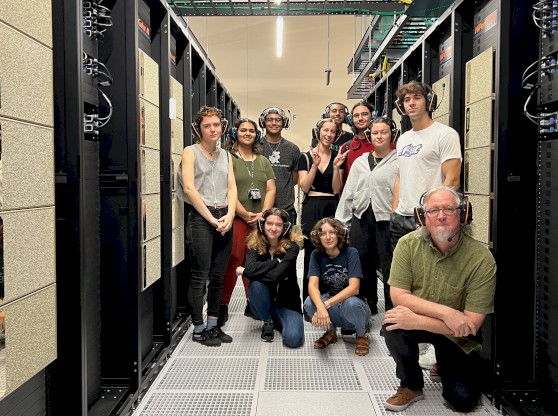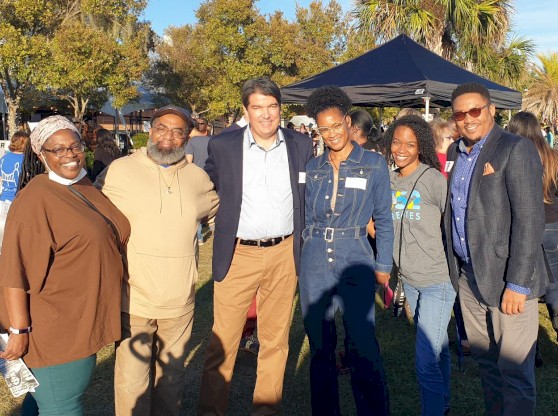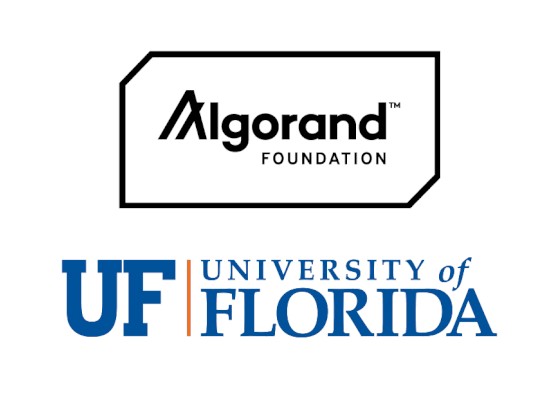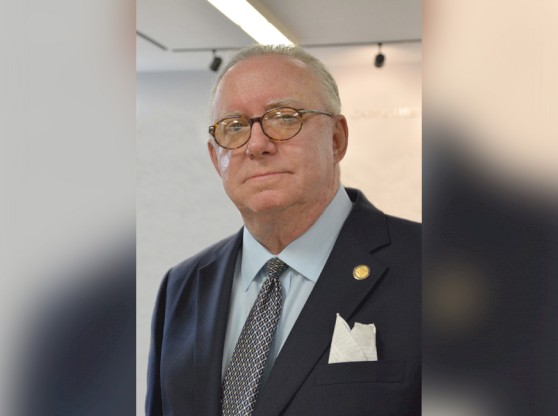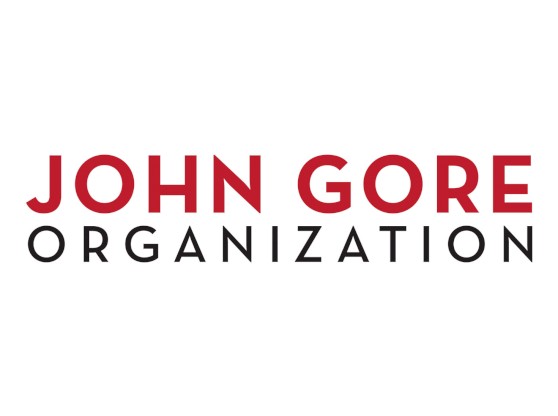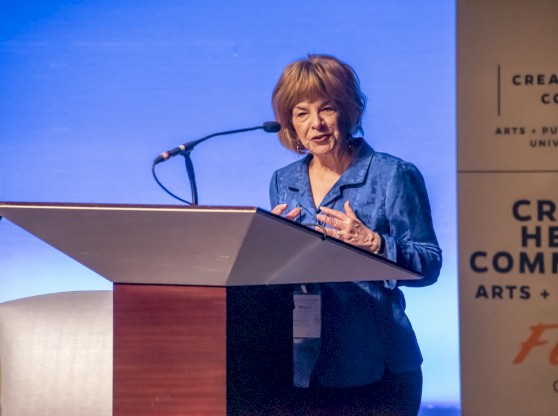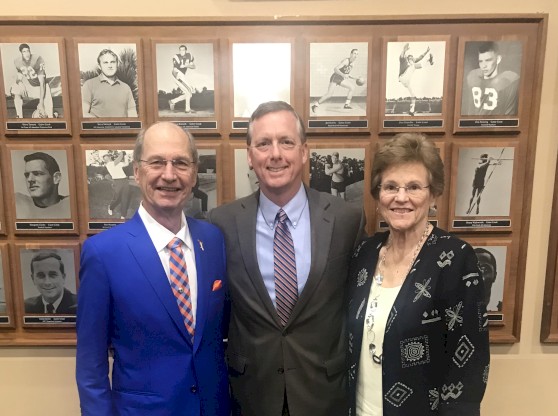Implementation
Pillar VI: Resource Allocation And Cultivation
The College of the Arts must demonstrate, through our management and procurement of the resources necessary to facilitate our mission, a clear and practical understanding of the fiscal context within which we operate.
Implementation Highlights
- Year 1 | Completed
- Research peer institution best practices for garnering additional resources to supplement State funding. Implementation of best practices in Advancement has to date resulted in a quadrupling of fundraising numbers since 2017.
- Research and apply best practices in academic budget models. New college zero-based budgeting model and a strategic hiring plan launched to support transparency and strategy in resource allocation.
- Strategically position COTA programs. Refined of a hiring process has accomplished a historic increase in the faculty size by over 25% and made significant strides forward in terms of multiple measures of increased diversity.
- Identify and incentivize increased COTA entrepreneurial activity.
- Year 2 | Completed
Strategically position COTA programs. COTA faculty and students received over $2.2 million in external grants and fellowships in the first half of Fiscal Year 2022, including from The Andrew W. Mellon Foundation, Algorand Foundation, Les Paul Foundation, Pabst Foundation, Tides Foundation, National Endowment for the Arts, National Science Foundation, and Fulbright Program. COTA faculty also received funding from significant UF-level opportunities including the Research Opportunity Seed Fund and Informatics Institute Seed Fund. In SOTD, the family of alumna Margaret Bachus made a significant contribution to SOTD in the form of an endowed scholarship and endowed discretionary fund, celebrated in the memorial tribute to Bachus in the upper lobby of the Constans Theatre.
Develop a college-wide fiscal communications strategy to educate and update the COTA community.SAAH launched Equipment Budget data gathering project, space planning, Fab Lab data collection, and Graphic Design student survey.
Identify and incentivize increasedCOTAentrepreneurialactivity. Created COTA Strategic Opportunity Award Fund and distributed $70,000 for 19 projects that advance implementation of the COTA Meta-Strategy.
- Year 3 | Completed
Strategically position COTA programs withthehighest probabilities of garnering additional resources to do so. After more than twenty years of strategy, consultation, and relationship building, SOM received $45 million state appropriations allocation in the spring 2023 legislative session for a building annex. SOM and SAAH faculty received UF Tech Fee Grants to update the art and technology computer lab to be HiPerGator-enabled, and to purchase a Wenger Sound Isolation booth and accompanying equipment for the electroacoustic music studio, respectively. In SOTD, the Constans Theatre enjoyed a repair of its rigging system and demolishing and beginning of the one-year design/reconstruction process for a new ceiling tech area.
Implement a college-wide fiscal communications strategy to educate and update the COTA community as to State, Sponsored Projects, Research, and Foundations funding structures, allocations, and developments.COTA Associate Deans and staff in Finance, HR, Strategic Communications, Advancement, and Research convened the ongoing Sponsored Projects Fiscal Workflow series to identify business processes for managing sponsored projects in the college.
Increase broad COTA participation inthe cultivation and allocation of individualdonorand corporatefunding. COTA Advancement exceeded Fiscal Year 2023 fundraising goals, noting in particular the Tom Petty Endowment for Guitars and Innovation gift that will expand the SOM Guitar program and the new Music Business and Entrepreneurship program. UF conferred an honorary doctorate to Tom Petty at the Spring 2023 UF Commencement and COTA Recognition Ceremonies. The new Cadenza 2023 donor event in SOM and the Spotlight event in SOTD rendered more returns with less overhead than the combined Splendor event in previous years.
Increase capacities for academic fiscal analysis across COTA faculty and staff leadership.COTA hired another fiscal and HR assistant, and COTA welcomed DW into a full administrative integration with the college. COTA Research launched a search for a second grants accountant.
Identify and incentivize increasedCOTAentrepreneurialactivity. Business, entrepreneurship, and career preparedness information sharing and planning continued across the college to plan strategic use of the new Lavelli Fund for entrepreneurial activity. COTA Web and Strategic Communications teams worked with external vendor Pixo to complete a UX design process and plan for the next phase of a new college website.
- YEAR 4 | IN PROGRESS
- Strategically position COTA programs with the highest probabilities of garnering additional resources to do so.
- Implement a college-wide fiscal communications strategy to educate and update the COTA community as to State, Sponsored Projects, Research, and Foundations funding structures, allocations, and developments.
- Increase broad COTA participation in the cultivation and allocation of individual donor and corporate funding.
- Increase capacities for academic fiscal analysis across COTA faculty and staff leadership.
- Identify and incentivize increased COTA entrepreneurial activity.
- Year 5
- Strategically position COTA programs with the highest probabilities of garnering additional resources to do so.
- Implement a college-wide fiscal communications strategy to educate and update the COTA community as to State, Sponsored Projects, Research, and Foundations funding structures, allocations, and developments.
- Increase broad COTA participation in the cultivation and allocation of individual donor and corporate funding.
- Increase capacities for academic fiscal analysis across COTA faculty and staff leadership.
- Identify and incentivize increased COTA entrepreneurial activity.
- Staff News : Dec 12, 2023+ More
- Press Release : Nov 14, 2023+ More
- Student Stories : Oct 19, 2023+ More
- Press Release : Jul 26, 2023+ More
- Editorial : Feb 21, 2023+ More
- News Post : Sep 15, 2022+ More
- News Post : Jan 25, 2022+ More
- Friends and Giving : Sep 17, 2021+ More
- Friends and Giving : Jul 9, 2021+ More
- Friends and Giving : Jun 9, 2021+ More
- Friends and Giving : Jul 23, 2020+ More
